Porsche Cayenne Years To Avoid – With its powerful engine, luxurious interior, and sporty design, the Porsche Cayenne has become a popular choice for luxury SUV buyers. However, like any vehicle, there have been some less-than-stellar years for the Cayenne.
In this blog post, we’ll discuss the Porsche Cayenne years to avoid and which years are considered the worst in terms of reliability.
Introduced in 2002, the Porsche Cayenne is a luxury SUV that has become one of the manufacturer’s most valuable vehicles. However, not all Cayenne model years have the same level of reliability.
It’s important to know which years to avoid in order to make an informed decision when purchasing a Cayenne. Let us help guide you through the process and ensure that you don’t end up with a vehicle that will give you headaches and costly repairs.
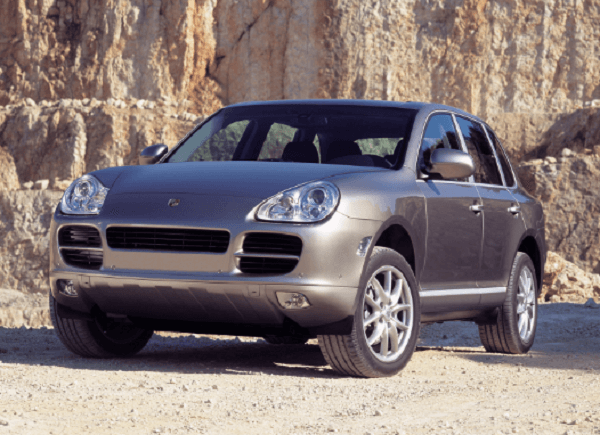
Let’s dive in and find out which model years may not be worth your investment.
Porsche Cayenne Years To Avoid
2004 Porsche Cayenne
The 2004 Porsche Cayenne is one to stay away from, as it has been plagued with cooling systems, drivetrain, and electrical problems.
Plastic coolant lines have been known to break, and the center carrier bearing of the driveshaft can fail.
These issues can cost upwards of $3,000 to repair and can cause major headaches for owners. When it comes to reliability, the 2004 Cayenne is one of the worst years to consider.
2011 Porsche Cayenne
The 2011 Porsche Cayenne is considered one of the worst years to buy in terms of reliability. It is plagued with engine problems that can occur early in the car’s life, such as engines dying at less than 40,000 miles.
Premature brake wear and overheating have also been reported, with some instances occurring at as low as 15,000 miles.
These issues are more severe compared to the complaints from the 2004 model year. Premature brake wear can happen as early as 21,000 miles and can cost $3,000 to fix.
We highly recommend avoiding the 2004 and 2011 Porsche Cayenne models due to the unnecessary stress and costly repairs they may entail.
2012 Porsche Cayenne
The 2012 Porsche Cayenne is part of the third generation of this luxury SUV. While it introduced some new features like a power boost kit for the Turbo and lane change assist, there are a few drawbacks to consider.
Cargo space is limited, and ownership costs can be high. Additionally, there were three recalls for the 2012 model, with the biggest one related to the brake pedal and the possibility of the pivot pin being damaged or missing.
The other two recalls were minor but could still result in crashes.
One example is the potential detachment of a headlight, leading to a loss of visibility for the driver.
Although there are good deals on used 2012 Cayenne models, the potential issues with overheating and other problems may end up costing you more money in the long run.
2005 Porsche Cayenne
The 2005 Porsche Cayenne is considered one of the worst years in terms of reliability. It had three recalls, one of the highest for any model year. While these recalls aimed to address issues, many believe that the vehicle should not have been released with these problems in the first place.
The powertrain had an issue where the gear position would slip too easily, and there was also a problem with the fuel pump.
Read Also: Most Expensive Porsche
Even the seat belts were recalled, posing a potential safety issue in the event of a crash. When it comes to Porsche Cayenne’s worst years and reliability, the 2005 model is definitely one to avoid.
Best Porsche Cayenne Year
The Porsche Cayenne has become a renowned luxury SUV since its introduction in 2002. With nearly two decades of history, it’s important to know which years are the most reliable. In this section, we will explore the best years for the Porsche Cayenne, ensuring you make an informed decision when purchasing this iconic vehicle.
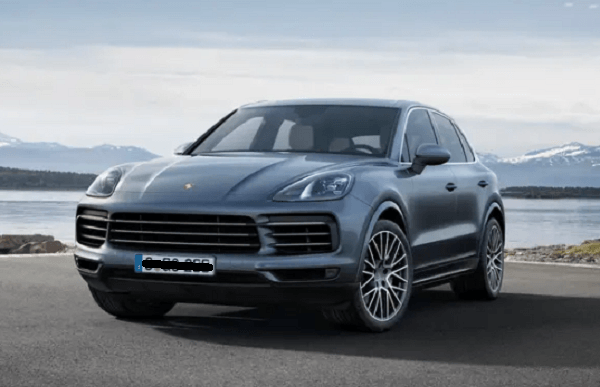
Understanding the most reliable years for the Porsche Cayenne is essential.
So, let’s dive in and discover which years reign supreme for this exceptional SUV.
The Porsche Cayenne has a nearly two-decade-long history, and the majority of its year models are considered to be highly reliable. These luxury SUVs offer a smooth and comfortable ride, whether you’re driving in the city or off-road.
It’s important to ensure that you can trust your vehicle, and that’s why we recommend the following used Porsche Cayenne year models that are unlikely to give you any trouble.
The Porsche Cayenne stands out in the luxury vehicle market for its stunning design, impressive speed, and spacious interior.
These models offer plenty of room for passengers and cargo, as well as a range of excellent features. Some years, however, are particularly notable for their reliability.
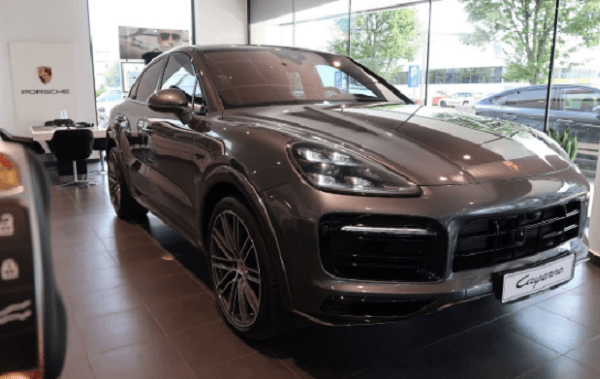
If you’re considering purchasing a used Porsche Cayenne, the following year models are your best bets:
- 2003 Porsche Cayenne
- 2006 Porsche Cayenne
- 2007 Porsche Cayenne
- 2008 Porsche Cayenne
- 2009 Porsche Cayenne
- 2010 Porsche Cayenne
- 2013 Porsche Cayenne
- 2014 Porsche Cayenne
- 2015 Porsche Cayenne
- 2016 Porsche Cayenne
- 2017 Porsche Cayenne
- 2018 Porsche Cayenne
- 2019 Porsche Cayenne
- 2020 Porsche Cayenne
None of these Porsche Cayenne year models have any major problems reported, making them safe and reliable choices. Specifically, the 2003, 2007, 2017, 2018, 2019, and 2020 models have received no complaints whatsoever.
However, we also recommend considering the 2005, 2006, 2008, 2009, 2010, 2014, 2015, and 2016 year models, as they have had very few reported problems.
Any issues that do arise typically occur after around 80,000 miles and are relatively inexpensive to fix, with costs ranging between $1,000 to $2,000.
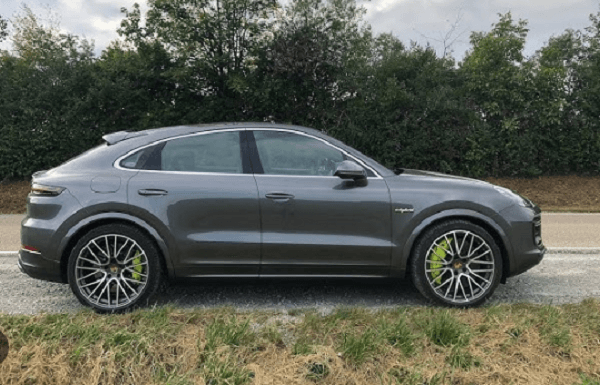
While the 2013 and 2014 Porsche Cayenne models are still recommended, they are not quite as reliable as the previously mentioned years.
Read Also: Most Reliable Porsche
These models may have a minor issue or two that require fixing under 40,000 miles. However, these defects are not deal-breakers and can be easily addressed.
Porsche Cayenne Problems
According to RepairPal, the Porsche Cayenne received a reliability rating of 1.5 out of 5.0, making it the least reliable luxury midsize SUV out of a group of 14.
Some of the most common problems reported by owners include transmission issues, engine troubles, drivetrain problems, coolant system failures, and fuel pump failures.
Being aware of these potential issues can help you make an informed decision and be prepared for any necessary repairs.
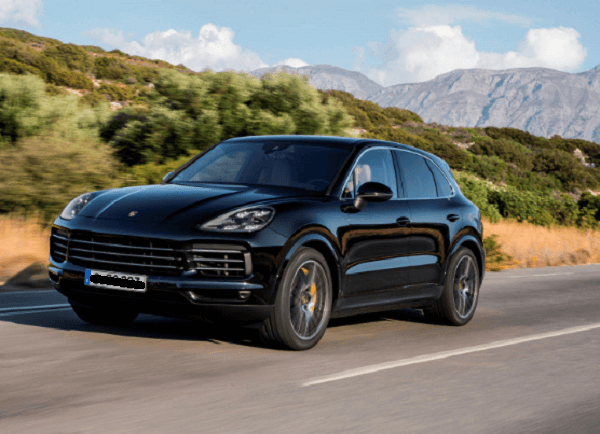
1. Engine troubles
The engine troubles that some Porsche Cayenne owners have experienced can be quite concerning. Many have reported issues such as an illuminating check engine light, loud noises coming from the engine, and even the engine abruptly shutting off while in traffic.
These problems can be incredibly frustrating and may require a costly fix – often replacing the entire engine.
2. Drivetrain issues
When it comes to the Porsche Cayenne, drivetrain issues can be a major concern. These problems can cause the vehicle to become unpredictable and difficult to control.
Numerous drivers have reported instances where their SUV’s drivetrain transfer case failed suddenly and without warning. In addition, there have been reports of the driveshaft losing its center bearings and ultimately failing.
These drivetrain problems can be both frustrating and potentially dangerous, so it’s important to be aware of them if you’re considering purchasing a Porsche Cayenne.
3. Coolant system problems
Coolant system problems can be a headache for owners of first-generation Porsche Cayennes. Many have reported issues with the plastic coolant pipes, which are unable to withstand high temperatures and can easily fracture or develop leaks.
This can lead to coolant leaking and potentially damaging other critical components of the vehicle.
Regular maintenance and inspections can help prevent costly repairs in the future.
4. Failed startup
Picture this: you’re running late for an important meeting, you hop into your Porsche Cayenne, turn the key, and…nothing. Frustration sets in as you realize that your fuel pump has failed, leaving you stranded and in need of a replacement.
This is a common problem reported by owners of the Cayenne, and it can be incredibly inconvenient.
A faulty fuel pump can lead to a no-start or stalling condition, making it impossible to get where you need to go.
Are Porsche Cayenne Reliable?
When it comes to reliability, the Porsche Cayenne doesn’t quite stack up against its competitors. According to withclutch.com, the Cayenne scored a low 42 on the reliability scale, making it one of the lower-scoring options from the brand.
Additionally, repairpal.com gave the Porsche Cayenne a dismal rating of 1.5 out of 5, placing it dead last among luxury vehicles.
This means that the Cayenne is the least reliable option in its category and falls behind its competitors in terms of dependability.
Owners of the Cayenne also report taking their vehicles to the repair shop more frequently for unexpected repairs compared to similar options. All of these factors make the Cayenne a less reliable choice when it comes to luxury midsize vehicles.
Why is Cayenne so cheap?
When it comes to the Porsche Cayenne’s affordability, there’s a simple explanation – it’s the moneymaker for Porsche. This SUV helps fund the development of their coveted sports cars, which means it’s sold at higher volumes and is considered less desirable than your average 911 Turbo.
However, it’s important to note that prices tend to drop on all models over time, so the Cayenne’s affordability is not unique to this vehicle. If you’re looking for a luxurious and capable SUV without breaking the bank, the Cayenne may be the perfect choice for you.
Read Also: Why Are Porsche Cayenne So Cheap?
Is Cayenne worth buying?
If you’re in the market for a luxurious SUV, the Porsche Cayenne is definitely worth considering. It offers a refined ride, a quiet cabin, and a range of impressive tech and convenience features.
While it may not match the performance of a 911 Turbo, the Cayenne still offers plenty of athleticism to satisfy any driver.
Plus, with its spacious interior, there’s ample room for both passengers and cargo.
Is insurance high on a Porsche Cayenne?
When it comes to insuring a Porsche Cayenne, the cost can be a bit steep. On average, you can expect to pay around $2,790 per year, or about $233 per month, for a full-coverage policy.
This may seem high, but it’s important to remember that the Cayenne is a luxury vehicle, and luxury vehicles tend to come with higher insurance costs.
Additionally, factors such as your age, driving history, and location can also impact your insurance rates.
Conclusion
It’s important to choose the right model year for your Porsche Cayenne in order to ensure a stress-free ownership experience.
The 2004, 2005, 2011, and 2012 models are notorious for their cooling systems and engine failures, which can be very expensive to repair.
In contrast, newer models like the 2019 Porsche Cayenne are known for their reliability and excellent performance.
The 2019 model boasts advanced features like an adaptive air suspension system, a 12.3-inch touchscreen display, and a turbocharged V6 engine that produces 340 horsepower. So if you’re in the market for a Porsche Cayenne, make sure you choose a model with a proven track record of reliability, such as the 2019 model.